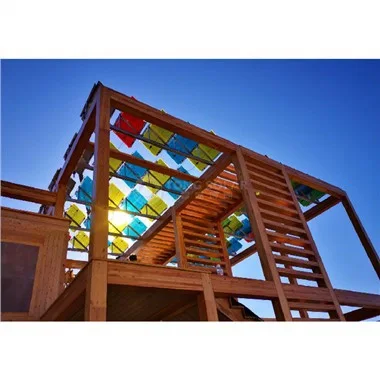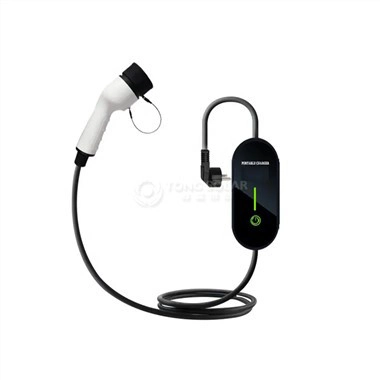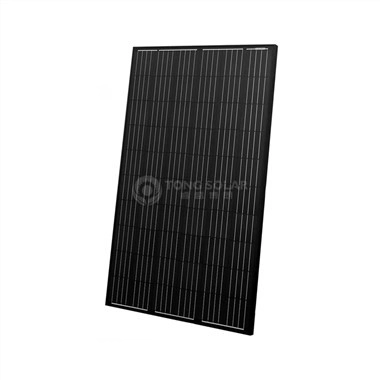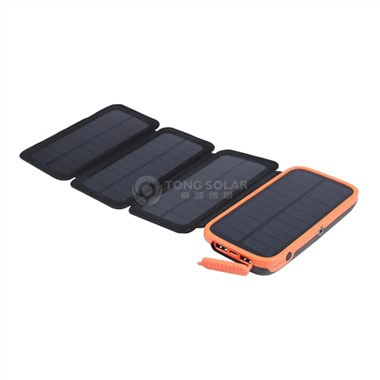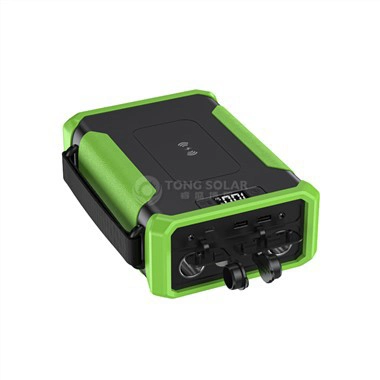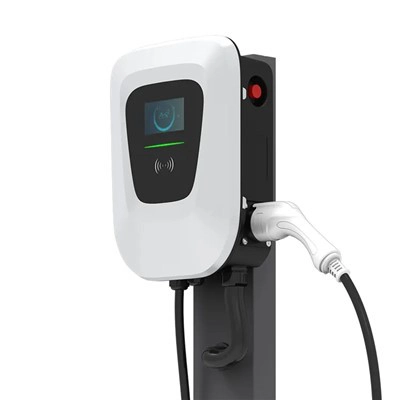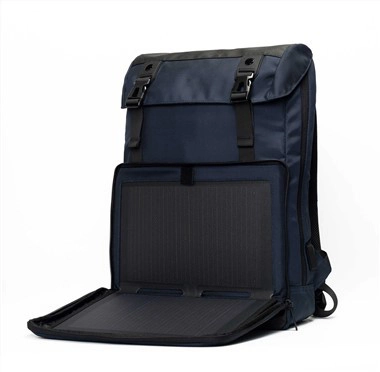Colored Glass Solar Panels Description
The Colored Glass Solar Panels is a glass plate coated with a colored film or layer and equipped with photovoltaic cells. It combines solar panels and color art to generate clean energy and use different colors to enhance the appearance of buildings. Its photovoltaic cells are made of monocrystalline silicon and polycrystalline silicon materials, which can convert sunlight into direct current and store it in time. Its colorful film is made of light-absorbing organic dyes and contains titanium dioxide nanoparticles, which can effectively absorb more sunlight and convert it into electrical energy. The panels can be integrated into the building structure or used as stand-alone panels to cover the exterior of the building. It has a wide range of applications, including building exterior walls, roofs, balconies, parks, courtyards and other places.
Features
1. Beautiful: The colored film layer on the surface of this Colored Glass Solar Panels has a variety of color options, and it accepts customized designs such as color matching and patterns. We also offer them with vibrant colored borders to complement the design and appearance of the building.
2. Environmentally friendly: Its solar photovoltaic cells can generate a large amount of clean light energy to power various electrical equipment, and send excess energy back to the power grid. This can help people reduce their reliance on traditional power grids and save costs in the long run.
3. Durable: The backplane material of this photovoltaic panel is made of tempered glass or galvanized sheet, which is sturdy and durable. The tempered glass back panel has been heat treated and even if it is broken, it will stick together without exploding. The coating on the surface of the galvanized sheet makes it resistant to corrosion by rain and dust, and does not require frequent replacement and maintenance.

How Does It Work?
1. Sunlight enters the colored glass cover and reaches the photovoltaic cells underneath.
2. The photovoltaic cells are made of silicon and other materials that convert sunlight into direct current (DC) electricity.
3. The direct current electricity is sent to an inverter which converts it into alternating current (AC) electricity.
4. The AC electricity can then be used to power the building's electrical systems and any excess energy can be sent back to the grid.

The Difference Between BIPV And Traditional Solar Panels
1. Design: BIPV panels are designed to blend seamlessly into the building's architecture, while traditional solar panels have a separate and distinct appearance.
2. Functionality: BIPV panels serve as both windows and solar panels, while traditional solar panels are only designed to generate electricity.
3. Installation: BIPV panels can be integrated into the building's structure during construction, while traditional solar panels require a separate installation process.
4. Durability: BIPV panels are made from high-quality materials and are designed to withstand the elements, while traditional solar panels are more susceptible to damage from the environment.
5. Aesthetics: BIPV panels are more aesthetically appealing and provide a more modern look, while traditional solar panels can be seen as an eyesore.
6. Cost-Effectiveness: BIPV panels offer long-term cost savings and provide various incentives and tax credits, while traditional solar panels may have a higher upfront cost.
In conclusion, while traditional solar panels have their advantages, BIPV panels provide a more integrated, aesthetically pleasing, and cost-effective solution for generating clean energy in buildings.
Application
1. Residential buildings: It can be used on residential homes to generate renewable energy and to enhance the building's appearance.
Commercial buildings: It can be used on commercial buildings to reduce energy costs and to create a unique and visually-appealing architectural feature.
2. Public buildings: It can be used on public buildings such as schools, government buildings, and community centers to demonstrate a commitment to sustainability and to generate renewable energy.
Historic buildings: It can be used on historic buildings to preserve their original appearance while incorporating renewable energy generation into their design.
3. Green buildings: It can be used in green building design to reduce energy costs, lower the building's carbon footprint, and to enhance the building's aesthetic appeal.
4. Industrial buildings: It can be used on industrial buildings to generate renewable energy, reduce energy costs, and to create a unique architectural feature.
5. Rural and remote locations: It can be used in rural and remote locations where access to the traditional grid is limited, allowing for greater energy independence and self-sufficiency.
FAQ
Q: What is your MOQ?
A: Generally 1 * 40HQ.
Q: Do you have other colors?
A: Yes, we support color customization. We have different types of colored solar panels, pls contact for your unique requirements.
Q: Can these solar panels be integrated into building design?
A: Yes, it can be integrated into building design as roof tiles, window panes, or facades, serving both as a building material and as a source of energy.
Q: What is the efficiency of glass panel?
A: The efficiency of those solar panels are not significantly impacted by the colored glass cover. They work similarly to traditional transparent photovoltaic panels in terms of their energy generation capabilities.
Q: Where can it be used?
A: Colored Glass Solar Panels can be used in residential, commercial, public, historic, green, industrial, and rural and remote locations.
Hot Tags: Colored Glass Solar Panels, China, suppliers, wholesale, Customized, in stock, price, quotation, for sale, best
